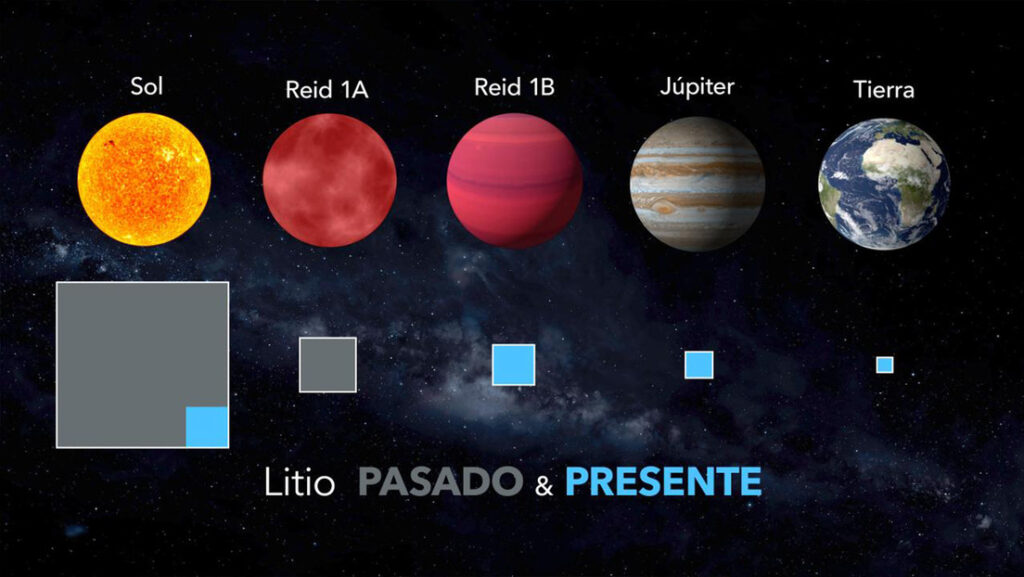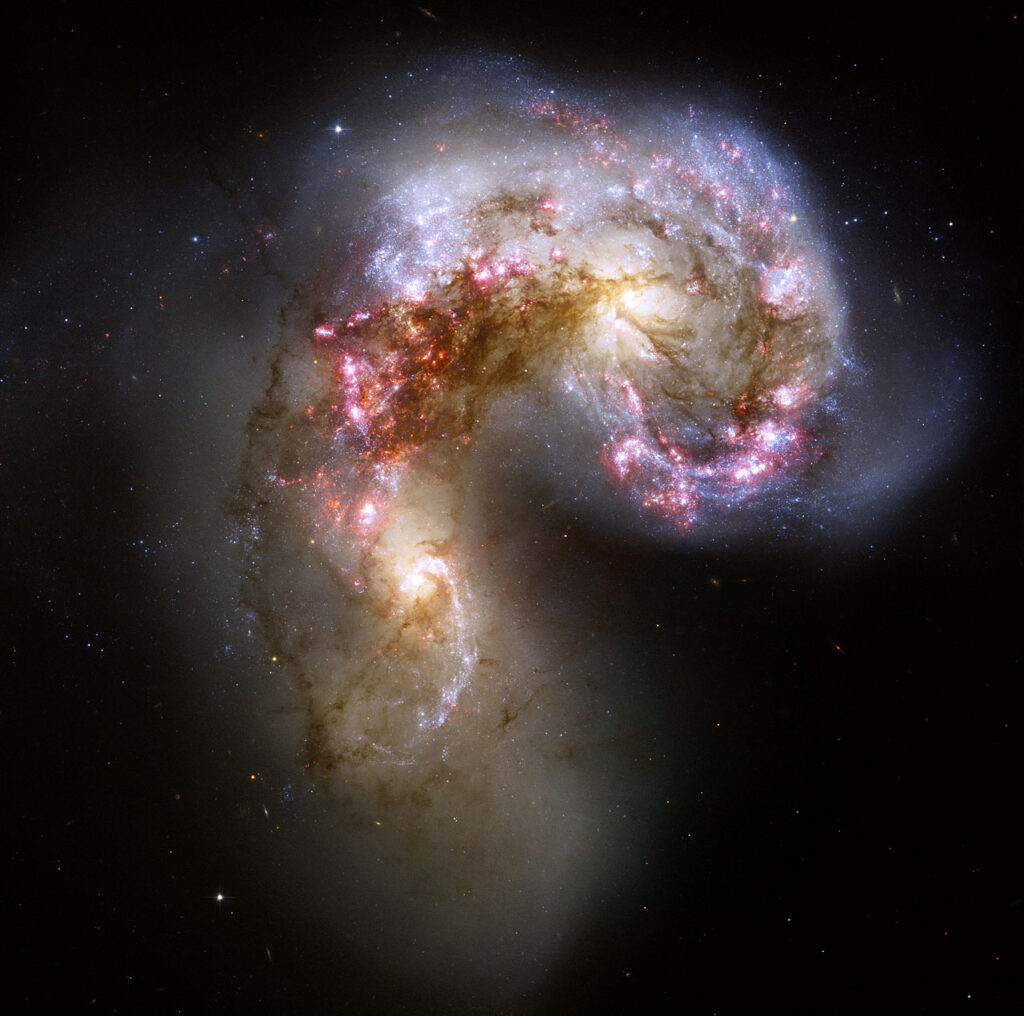A spiraling jet of radiation from a violently active supermassive black hole could hold the key to a better understanding of the black hole at the center of our own galaxy.

The Event Horizon Telescope, in collaboration with two other radio-telescope arrays, has imaged the powerful, near-light-speed jet of a blazar, and found it to be twisted, possibly as a result of one black hole orbiting another.
The Event Horizon Telescope (EHT), which is a collaboration that at the time included eight telescopes across the world, in 2017 observed a blazar cataloged as J1924-2914 and located about 3.5 billion light-years away from Earth. A blazar is a galaxy containing an extremely active supermassive black hole that is unleashing a jet of charged particles moving toward Earth at almost the speed of light.
The immense black hole is gorging on vast amounts of gas, and that material forms what scientists call an accretion disk as it awaits consumption by the black hole. The gas in the disk is so dense that friction heats it to many millions of degrees Fahrenheit or Celsius. Meanwhile, and powerful magnetic fields entwined within the disk whip up some of the material, funneling it away from the black hole in the form of a fast-moving jet. When we see one of these active galaxies with the jet at an angle, we call it a quasar, but when we’re looking directly down the jet, it is so bright that we call it a “blazar.”
The EHT was joined in observations of J1924-2914 by the Global Millimeter Very Long Baseline Interferometer Array of telescopes across Europe and the United States and by the Very Long Baseline Array of radio telescopes, also in the United States.
The telescopes were able to observe the blazar and its jet at different frequencies, corresponding to different image scales ranging from one-third of a light-year to over 325 light-years in length. The scientists found that the jet and the magnetic fields that drive it appear to be twisted, confirming earlier suspicions from measurements made in the 1990s. The farther along the jet from the black hole, the more strongly the jet is twisted counter-clockwise.
“Our images constitute the highest angular-resolution images of polarized emission from a quasar ever obtained,” Sara Issaoun, an astrophysicist at the Harvard–Smithsonian Center for Astrophysics and lead scientist behind the observations, said in a statement(opens in new tab).
We all experience polarization of light when we wear sunglasses, which preferentially filter out light oscillating in most directions and only allow light that is oscillating in one specific direction to pass. Emission from astronomical objects can also be polarized, in the sense that the electromagnetic waves oscillate in a preferred direction. The EHT focused on linearly polarized radio waves coming from J1924-2914, and the degree of polarization betrays some of the characteristics of the jet and its magnetic field.
“We see interesting details in the strongly polarized innermost core [of the blazar],” Issaoun said, adding that the shape of the polarized emission “is hinting at the presence of a twisted magnetic-field structure.”

Previously, astronomers using the Very Large Array of radio telescopes in New Mexico had found that the jet belonging to the active black hole in the galaxy M87 is also twisted in a corkscrew fashion. (That’s the same black hole that starred in the EHT’s first black-hole image, released in April 2019.)
It is not clear if the twisting of the two jets share the same cause, but there are some intriguing possible explanations for J1924-2914’s, at least. One is that a second black hole could be orbiting the primary black hole at the center of the blazar, causing an imbalance in the accretion disk that causes the disk to precess, or wobble like a spinning top. Another possibility is that the jet collided with a massive molecular cloud, although the astronomers deemed this unlikely because there is no evidence of the further disruption to the jet that would be expected from such a collision. Finally, the twisting jet could be the product of instabilities in the blazar’s magnetic field.
Understanding J1924-2914 is about more than just solving an astronomical curiosity. The blazar has played an important role in the Event Horizon Telescope’s observations of the Milky Way’s supermassive black hole, Sagittarius A*. This is because the blazar’s compact and relatively unchanging appearance in the sky make it an ideal calibration target to test the EHT before making observations of the faint and dynamic activity of Sagittarius A*. By getting a better handle on J1924-2914, astronomers can make observations of Sagittarius A* even more accurate.
Recent Posts
- Astronomers detect first direct image of black hole expelling a powerful jet
- WhatsApp rolling out ‘reply with message’ feature within call notifications
- Multi-Device Pairing May Be Arriving for Apple Watch this Year
- Artificial Intelligence Discovers Hidden Giant, a Planet 5 Times Larger Than Jupiter
- Google CEO Sundar Pichai Talks Bard & The Future Of Search
Recent Comments

Astronomers detect first direct image of black hole expelling a powerful jet

Artificial Intelligence Discovers Hidden Giant, a Planet 5 Times Larger Than Jupiter

Scientists explain melting of Antarctic ice sheet dating back 9,000 years

An Unexpected Discovery: Hubble, ESA's Gaia Spot Double Quasar That Existed Over 10 Billion Years Ago

Astronomers detect first direct image of black hole expelling a powerful jet

WhatsApp rolling out ‘reply with message’ feature within call notifications

Multi-Device Pairing May Be Arriving for Apple Watch this Year


